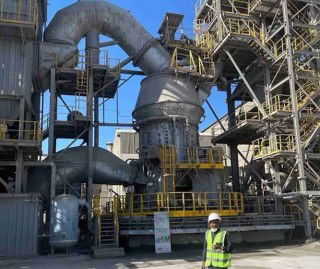The announced mega-merger of Lafarge and Holcim is expected to change the competitive landscape in the cement industry as a new global building materials giant, LafargeHolcim, is created. Where does this leave other cement majors such as HeidelbergCement?
Dr Bernd Scheifele, CEO of HeidelbergCement, does not view the merger and the benefits of a much larger global footprint as a threat to his company. In a recent interview with Phil Roseberg, Senior Analyst at BernsteinResearch, Dr Scheifele gave his assessment of the deal, in which he argues that the predicted synergies of EUR1.4bn are “ambitious” although “not mission impossible”. However, he warned that if a company becomes too big, the complexity and cost of recovering synergies can become a major challenge.
To secure the deal, the new group will be required to balance political interests and be sensitive in relation to cutting jobs in France.
Another challenge will be handling the balance of power between France and Switzerland. Scheifele made the Orwellian observation that in most mergers of equals, one is deemed more equal than the other.
Dr Scheifele concedes that merger will give LafargeHolcim an advantage on footprint, making the company – along with Heidelberg – one of the only two truly international and global cement companies. The next tier of large companies are mostly regional players, such as Dangote or Conch, typically operating only in one big market. The question is more about whether these regional players can compete with such a global player and how trade patterns may be affected in the new competitive landscape as a result.
But for HeidelbergCement, it is business as usual, at least for now as it reserves final judgment. The company will stay committed to shareholders and on achieving shareholder return. That includes looking for any growth opportunities that may emerge from the Holcim Lafarge merger, but he will not be making acquisitions at "crazy" multiples. Nevertheless, he assures, "Heidelberg has ample financial liquidity.”
Meanwhile, Lafarge and Holcim still have a long way to go in completing this mega-merger with antitrust risks and obstacles to divestments presenting a considerable challenge. The final picture of who acquires what and where, and who yields power in the market, is far from finished. Until the deal is completed, the competitive landscape – and HeidelbergCement’s position in it – will remain in a state of flux.
